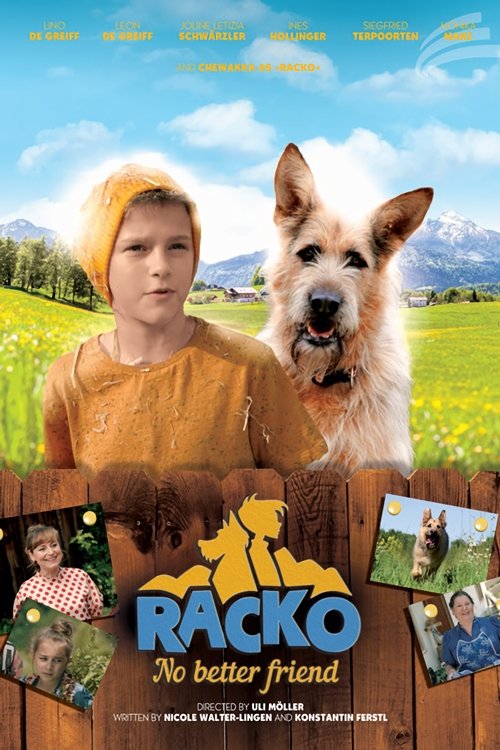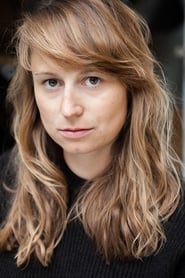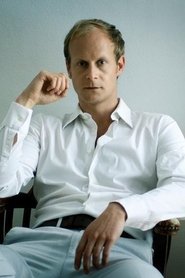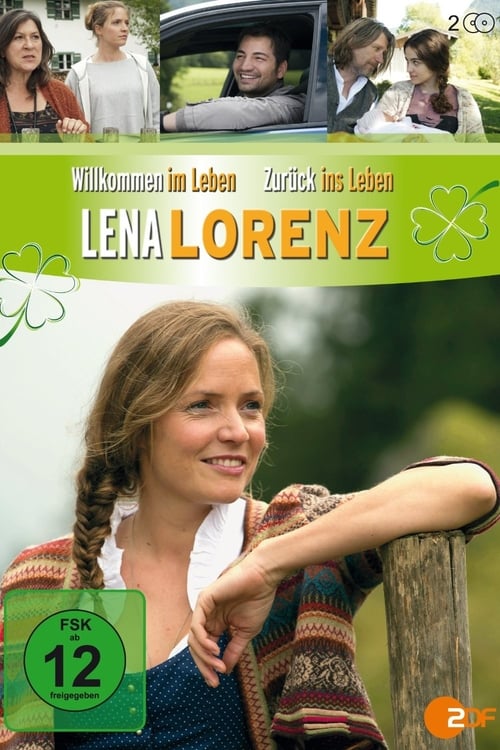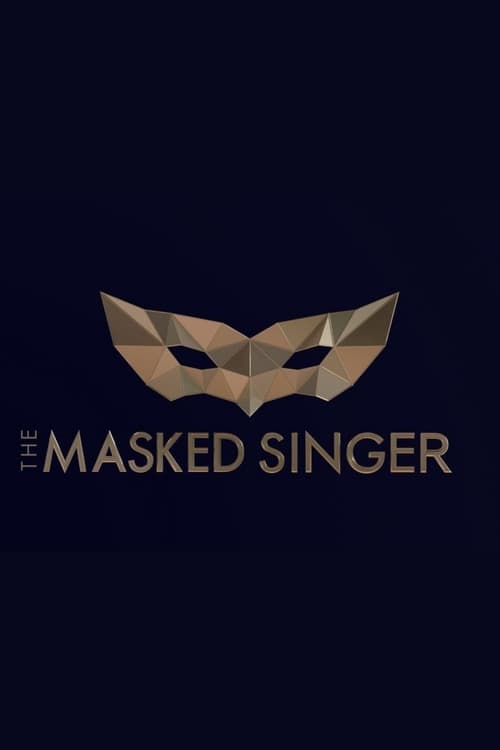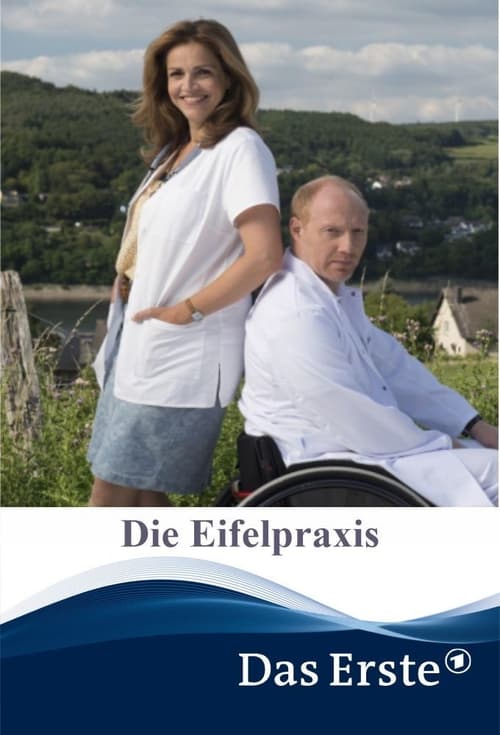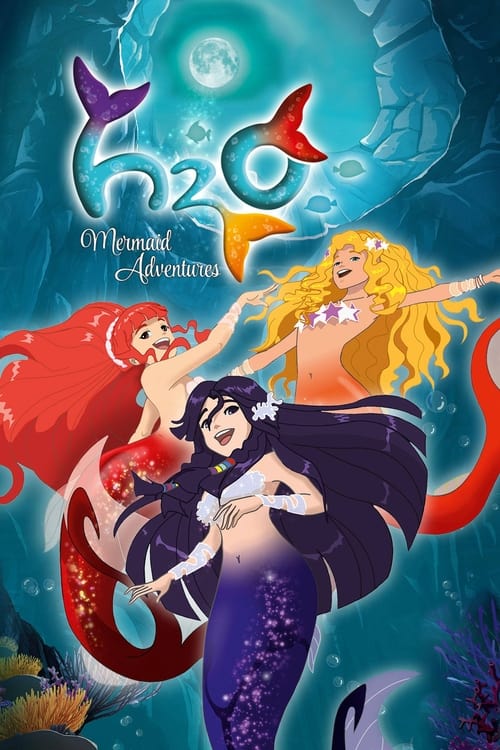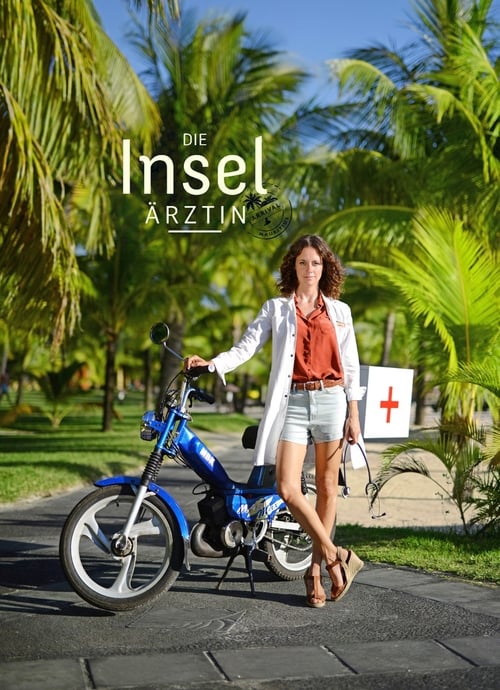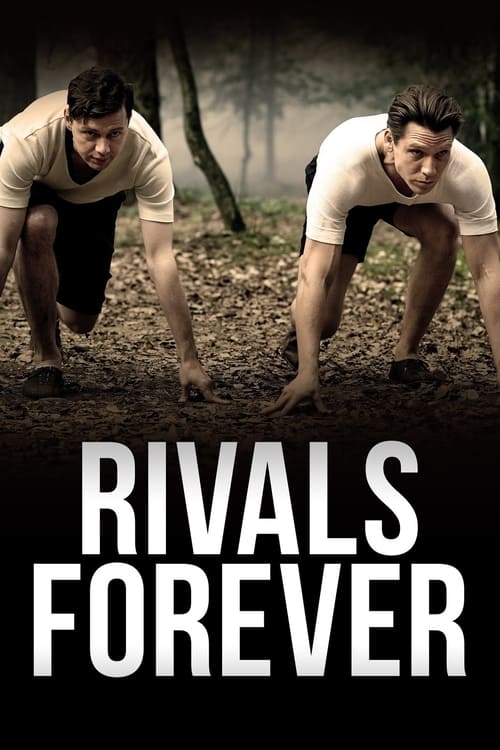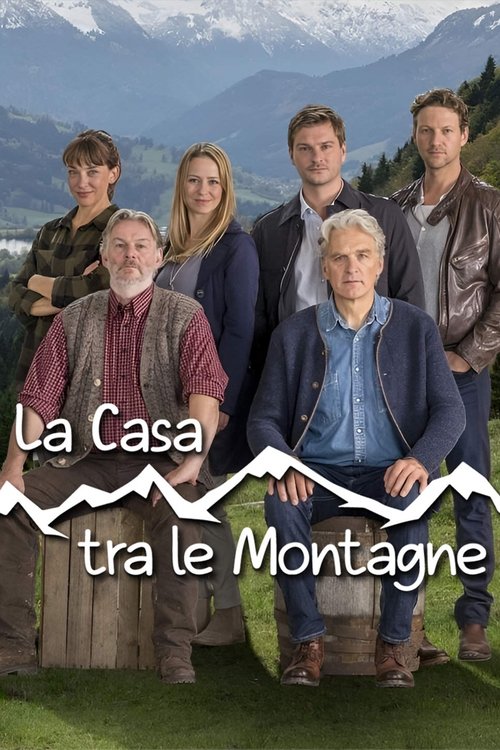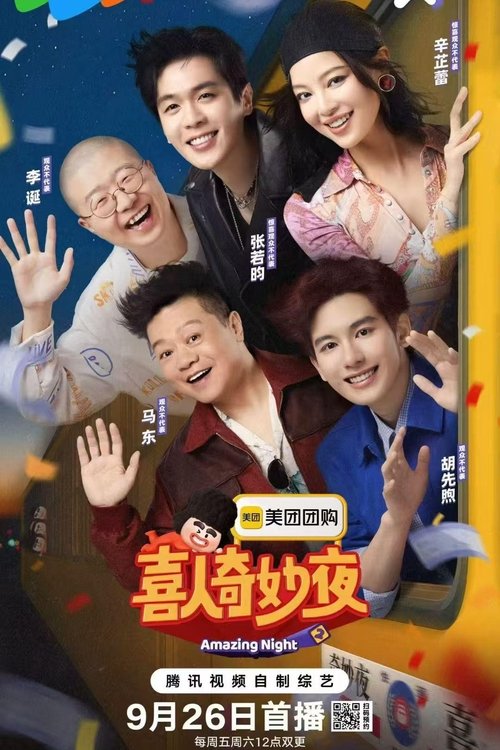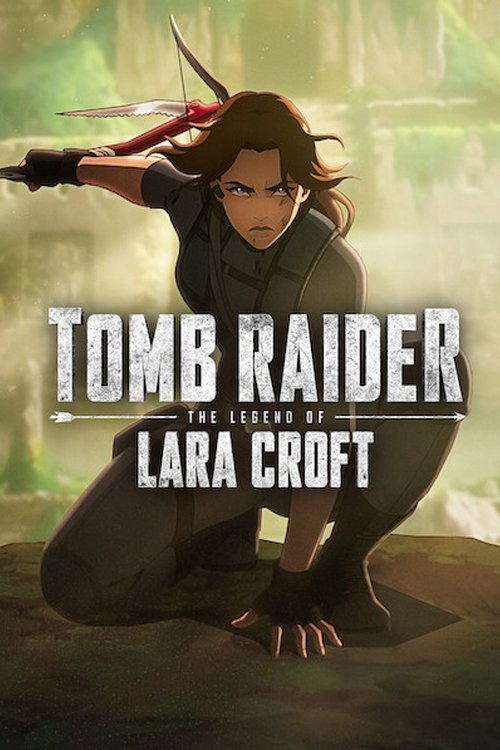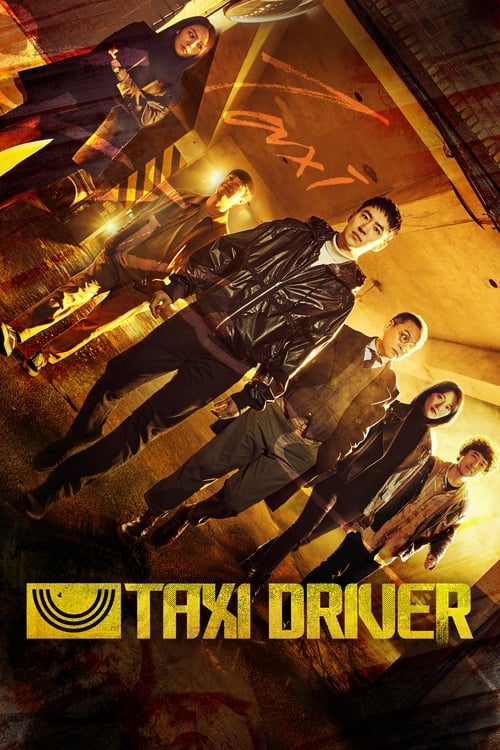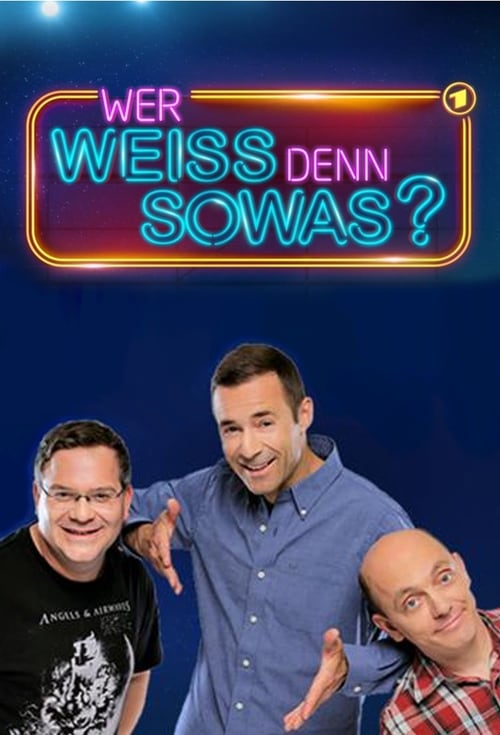
Ask Your Own Question
What is the plot?
In the opening scenes of "Racko: No Better Friend," we are introduced to the protagonist, a young boy named Racko, who lives in a small, tight-knit community. Racko is depicted as a curious and adventurous child, often exploring the nearby woods with his loyal dog, Max. Their bond is strong, and they share a deep connection, which is emphasized through playful interactions and moments of companionship.
As the story progresses, Racko's idyllic life is disrupted when a mysterious stranger arrives in town. This stranger, a man named Victor, is portrayed as enigmatic and somewhat threatening. He begins to ask questions about the local wildlife and the surrounding area, which raises suspicions among the townsfolk. Racko, intrigued by Victor, approaches him, leading to a brief conversation where Victor hints at a hidden treasure in the woods. This piques Racko's interest, and he becomes determined to uncover the truth behind Victor's claims.
Racko's internal conflict begins to surface as he grapples with the allure of adventure versus the warnings from his parents and friends about the dangers of strangers. Despite their concerns, Racko decides to follow Victor into the woods one day, driven by a mix of curiosity and the desire for adventure. Max, sensing Racko's excitement, follows closely behind.
In the woods, Victor leads Racko deeper into the forest, sharing tales of the treasure and the adventures he has had. However, as they venture further, Racko starts to feel uneasy. The atmosphere shifts, and the once inviting woods become foreboding. Victor's demeanor changes, revealing a more sinister side as he begins to manipulate Racko, playing on his desires for adventure and friendship.
A pivotal moment occurs when Racko discovers that Victor is not who he claims to be. Racko stumbles upon a hidden cave that contains remnants of past explorers, including old maps and artifacts. This discovery heightens the tension, as Racko realizes that Victor may have ulterior motives. Racko confronts Victor about his true intentions, leading to a heated argument where Victor reveals his plan to use Racko to find the treasure for himself.
Feeling betrayed and frightened, Racko attempts to escape, but Victor grabs him, revealing his darker side. A struggle ensues, and in a moment of desperation, Racko manages to break free and runs deeper into the woods, with Max barking and urging him on. The chase intensifies as Victor pursues them, determined to capture Racko and force him to help find the treasure.
As Racko navigates the dense forest, he recalls the lessons his parents taught him about trust and safety. He uses his knowledge of the woods to outsmart Victor, leading him into traps and obstacles that slow him down. The emotional stakes rise as Racko's fear transforms into determination; he is fighting not just for his safety but for the bond he shares with Max.
In a climactic confrontation, Racko finds himself cornered at the edge of a cliff. Victor, closing in, taunts him, but Racko stands his ground, fueled by the love for his dog and the desire to protect their friendship. In a moment of bravery, Racko pushes a nearby boulder, causing it to roll down the cliffside, which distracts Victor long enough for Racko and Max to make their escape.
The final scenes depict Racko and Max returning home, exhausted but safe. The community welcomes them back with relief, and Racko shares his harrowing tale, warning others about the dangers of trusting strangers. The emotional resolution comes as Racko embraces his parents, realizing the importance of family and friendship. The bond between Racko and Max is solidified, symbolizing loyalty and courage in the face of adversity. The story concludes with a sense of closure, as Racko learns valuable lessons about trust, bravery, and the true meaning of friendship.
What is the ending?
In the ending of "Racko: No Better Friend," the story culminates in a tense confrontation that tests the bonds of friendship and loyalty. The main characters face the consequences of their choices, leading to a resolution that highlights the themes of sacrifice and the enduring nature of true friendship.
As the narrative unfolds, we find ourselves in a dimly lit warehouse, the air thick with tension. The protagonist, Racko, stands at the center, grappling with the weight of his decisions. His loyal friend, who has been by his side throughout their journey, watches anxiously from the shadows, torn between supporting Racko and fearing the repercussions of their actions.
Scene by scene, the tension escalates. Racko confronts the antagonist, a figure who embodies the challenges and moral dilemmas they have faced. The dialogue is sharp, filled with emotional stakes as Racko articulates his regrets and hopes for redemption. The antagonist, unyielding, pushes back, forcing Racko to confront the reality of their situation.
As the confrontation reaches its peak, the emotional stakes rise. Racko's friend steps forward, revealing their own struggles and sacrifices made in the name of loyalty. This moment of vulnerability shifts the dynamic, showcasing the depth of their bond. The warehouse, once a place of conflict, transforms into a space of revelation and understanding.
In a climactic moment, Racko makes a pivotal choice that defines his character. He chooses to protect his friend, even at great personal cost. This act of selflessness resonates deeply, illustrating the core theme of friendship as a powerful force that can overcome adversity.
The resolution unfolds as the dust settles. Racko, though battered and bruised, stands tall, having made peace with his choices. His friend, relieved yet heartbroken, acknowledges the sacrifices made. The two share a poignant moment, a silent understanding passing between them that solidifies their bond.
As the story concludes, we see Racko walking away from the warehouse, a sense of purpose guiding his steps. His friend follows closely, embodying the idea that true friendship endures through trials and tribulations. The final scene captures the essence of their journey, leaving viewers with a sense of hope and the belief that, despite the challenges faced, the ties that bind them remain unbreakable.
Is there a post-credit scene?
In "Racko: No Better Friend," there is no post-credit scene. The series concludes its narrative without additional content after the credits, focusing instead on the emotional resolution of the main storyline. The final moments of the show encapsulate the themes of friendship and loyalty that have been central throughout the series, leaving viewers with a sense of closure regarding the characters' journeys. The absence of a post-credit scene emphasizes the completeness of the story, allowing the audience to reflect on the relationships and experiences shared by the characters.
What motivates the main character, Racko, throughout the series?
Racko is driven by a deep sense of loyalty and the desire to protect his friends, particularly his best friend, who faces various challenges. His internal struggle often revolves around balancing his instincts to help others while dealing with his own vulnerabilities.
How does Racko's relationship with his best friend evolve over the course of the series?
Initially, Racko's relationship with his best friend is characterized by a strong bond built on trust and shared experiences. As the series progresses, they face conflicts that test their friendship, leading to moments of tension and reconciliation that deepen their connection.
What are the key challenges Racko faces in his journey?
Racko encounters numerous challenges, including external threats from antagonistic characters and internal conflicts regarding his self-worth and capabilities. These challenges force him to confront his fears and ultimately grow as a character.
How do the supporting characters influence Racko's decisions?
The supporting characters play crucial roles in shaping Racko's journey. Their perspectives and actions often challenge him to reconsider his choices, pushing him towards personal growth and sometimes leading him to make difficult decisions that impact his relationships.
What pivotal moments define Racko's character development?
Key moments include instances where Racko must choose between his own safety and the well-being of his friends, as well as moments of betrayal that force him to reassess his trust in others. These experiences are crucial in shaping his understanding of friendship and loyalty.
Is this family friendly?
"Racko: No Better Friend" is a heartfelt story that centers around the bond between a boy and his dog, Racko. While the show is generally family-friendly, there are a few scenes and themes that might be considered potentially objectionable or upsetting for children or sensitive viewers:
-
Emotional Struggles: The narrative explores themes of loss and grief, particularly as the boy faces challenges in his life. These moments can evoke strong emotions and may be difficult for younger viewers to process.
-
Conflict and Tension: There are scenes that depict conflict, both between characters and within the boy's family dynamics. These moments can create a sense of tension that might be unsettling for some children.
-
Animal Distress: There are instances where Racko faces danger or distress, which could be upsetting for young viewers who are sensitive to animal welfare.
-
Family Issues: The show touches on themes of family struggles, including misunderstandings and emotional distance, which may resonate with some viewers but could be challenging for others to watch.
-
Sad Moments: The story includes moments of sadness that reflect the realities of life, which may be heavy for younger audiences or those who are particularly sensitive.
Overall, while "Racko: No Better Friend" is designed to be uplifting and heartwarming, it does contain elements that could provoke strong emotional reactions. Parents may want to consider these aspects when deciding if it is suitable for their children.

